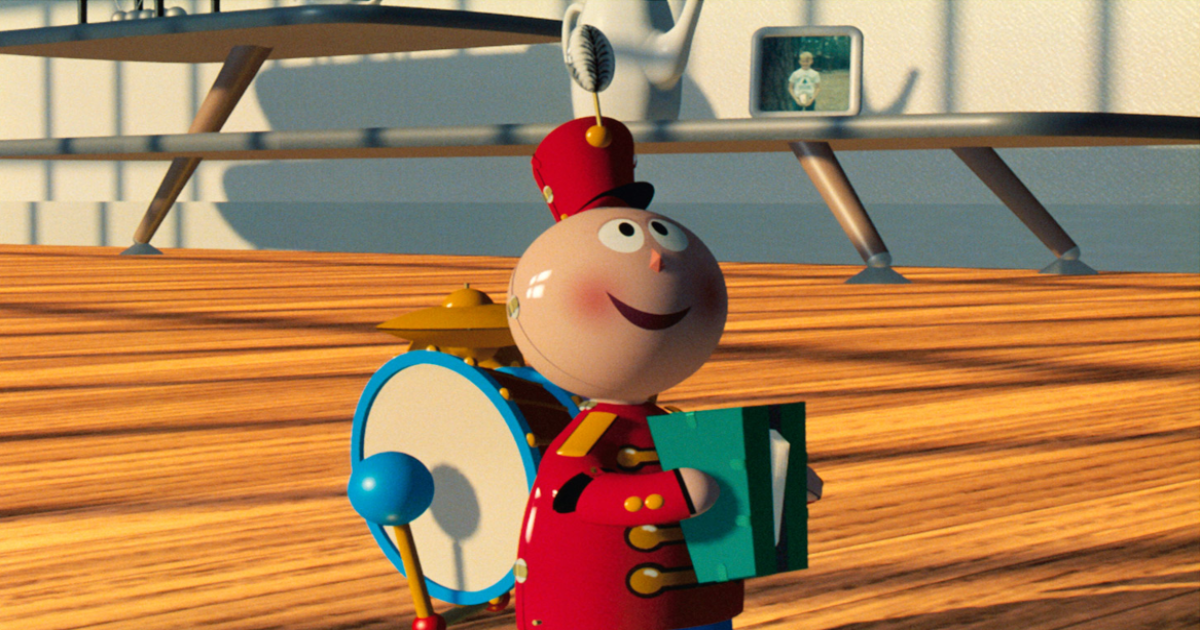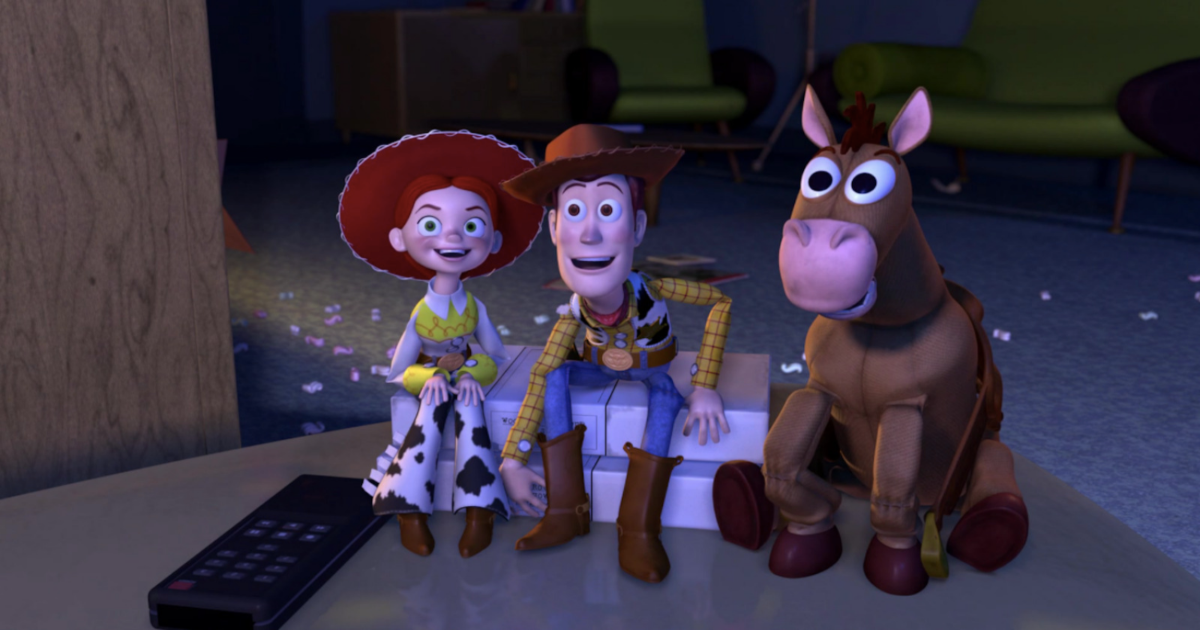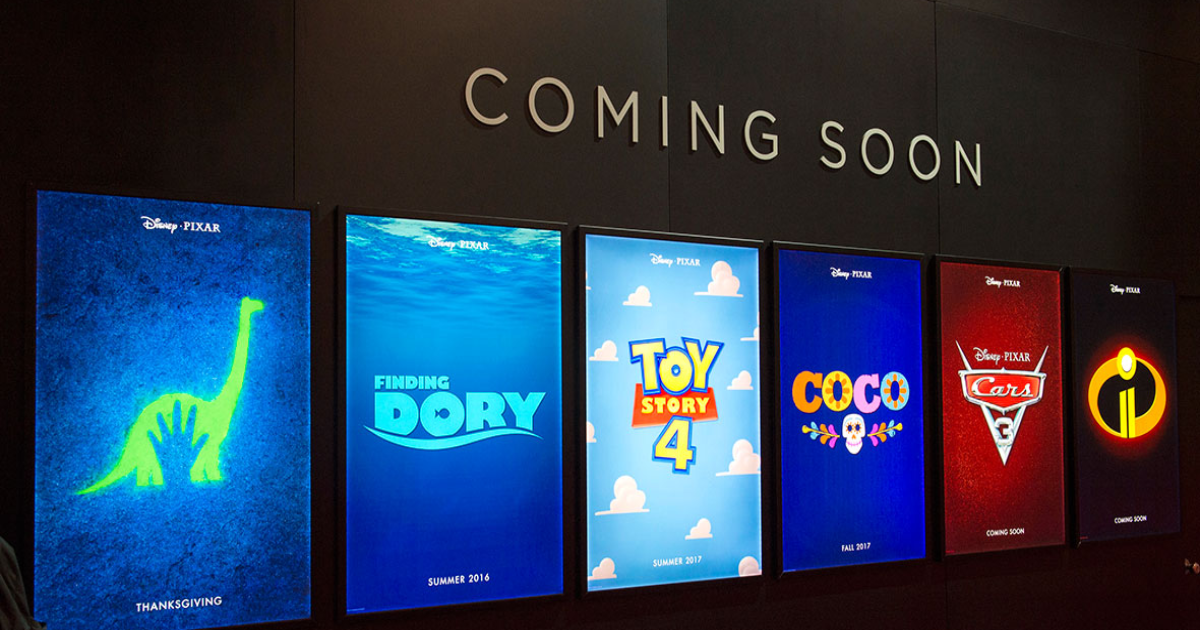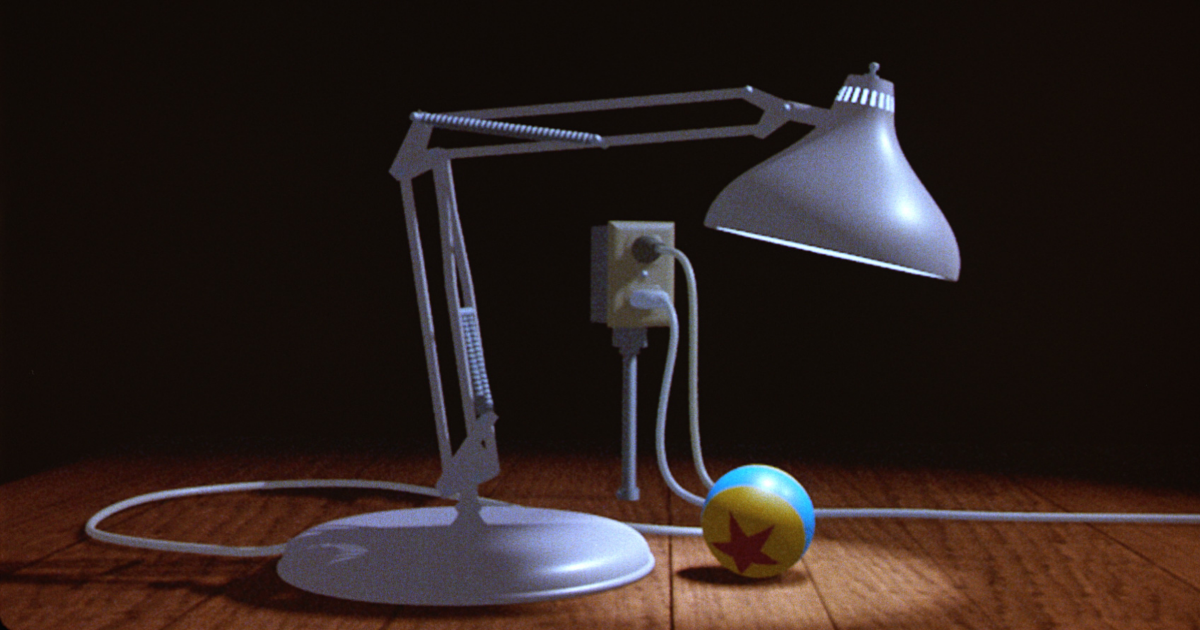Which Computer Titan Co-founded Pixar Animation Studios?
Through the ever-changing landscape of blitheness, Pixar has remained at the top of the proverbial totem pole. Establishing itself as a household name due to its unmatched collection of critically acclaimed hits, the entertainment giant has pioneered more than a few aspects of the medium. There is a certain magnitude to having the "Pixar" proper name stamped on a film, and with it a reassurance that viewers will be in capable hands.
Being responsible for irresolute the medium as a whole and establishing the use of CGI blitheness for feature-length films, it's merely natural that a studio willing to take such risks would also be willing to grow and change. Though what differentiates the modern era of Pixar films from the original releases mode back in the '90s, and how has the visitor itself grown with a vastly different entertainment medium? Through experimental ancestry and monumental accolades, let's see how the company has stayed fresh after all these years.
Tin Toy to Toy Story
Starting life in the '70s every bit part of George Lucas' Lucasfilm computer division, Pixar would eventually detach itself and be purchased by none other than Apple Computer co-founder Steve Jobs. The new company would be laser-focused on the potential behind computer generated animation, and began creating new remarkable shorts utilizing their state-of-the-art software. Looking back on the get-go of Pixar's animation, it is easy to run into the cracks in the seams; though it's worth noting that up until that point, traditional cel animation was the norm for the manufacture, and to breathing an entire project with computers was still a pipage dream.

The difference is night and day between how Pixar'southward earlier piece of work compares visually to what the company and medium as a whole has been able to produce in more recent years. The stunning photorealistic effects nosotros see in modernistic animation have these early exam shorts to thank for providing the foundation. Shorts such equally Tin Toy would not but be a corking way for the newly founded company to get their feet moisture with computer animation, but the idea of centering around the life of toys (due in office to not beingness able to animate humans without looking uncanny) would most definitely stick, leading to the conception of Toy Story in 1995.
The commencement of Pixar's theatrical releases, and the progenitor of fully computer animated movies, Toy Story's monstrous success would be responsible for putting the studio on the map, kickstarting a digital medium that was otherwise struggling during the era. Followed up by more hits, such every bit an adventure focused on bugs or a world populated by monsters, this would begin what many fans deem as the "golden era" of Pixar's legacy.
The Disney Acquisition
When at that place's a new animation company making a splash, information technology's only a matter of time until the large mouse is on the scene to investigate. Disney would end up striking a deal with Pixar for $26 million to produce three fully computer animated characteristic films, starting with Toy Story. Contention grew among the two companies withal, as disputes between Steve Jobs and then CEO of Disney Michael Eisner seemed to crusade constant renegotiations. A prime instance of Pixar'south initial disobedience towards its would-be parent company happens to take the course of their much-honey sequel, Toy Story 2.

After experiencing financial success from direct-to-video sequels of theatrical films, Disney had plans to do the same for Toy Story's side by side outing. With production on the animated motion-picture show being crunched into only a year'due south worth of time due to having to restart the entire projection, Pixar remained adamant that their landmark franchise should have a theatrical follow-upwardly that stands tall side by side to the original. After long hours of exhausting work, the squad managed to release another hit, though Disney maintained that, because of their initial demands to make the picture direct-to-video, it would not count towards their 3 movie bargain. This, despite the film grossing $500 million and making Disney a massive profit, and despite the fact that the film remains arguably the most love of all Toy Story movies.
Tensions were high between the 2 companies, and would somewhen atomic number 82 to their brief split in 2004, to which Steve Jobs announced that Pixar was actively looking for other partners. It was an unsure time for the blitheness studio, which had created a name for itself with a handful of timeless classics in an impressively brusque amount of time. Though, before long after the departure of Michael Eisner from Disney in 2005, negotiations between the companies opened back up, and in 2006 Pixar would officially be purchased outright by Disney for $7.4 billion.
Sequels Upon Sequels
By the tardily 2000s Pixar had an unmatched track record of success, with films such every bit Ratatouille, Wall-E, and Upward proving that more than a decade of nearly annual releases hadn't made the company lose its touch. Information technology seemed as if the minds behind these hits had no interest in looking dorsum on quondam backdrop, though for fans and studio executives alike, the fascination with continuing the stories of their biggest movies seemed too tantalizing to ignore. After giving in to the temptation of seeing classic characters come back for another nostalgia-inducing run a risk with Toy Story 3 in 2010, Pixar's historic period of sequels had unofficially begun, and original ideas seemed to have a back seat.

While certain blithe sequels ended up being very well received past critics and audiences, others such as the infamous Cars 2 marked the stop of Pixar's winning streak. The 2010s would end up being lite on original content from the company, which was unable to ignore the marketability of continuing existing franchises. It seemed every bit if every legacy picture within the studio'southward repertoire was set to take the sequel handling, and fatigue would gradually be felt by audiences who longed for the more than original concepts that brought the company success in the first identify.
While Pixar has no plans for sequels in the immediate time to come, many of their existing properties are still getting continuations on Disney+, in the form of follow-upwards shows and comedy shorts featuring popular side characters. Eyes remain on the blitheness visitor with many long-time fans looking forward to what new adventures are in store for the futurity.
Seeing Lightyears Ahead
With the release of this year's Turning Blood-red, Pixar has taken an unforeseen leap into more gimmicky subject matters, also every bit a new visual style unique to the film that shows they're willing to take a chance on fresh ideas, but like they did during their formulation.
Fans hope that, with the door at present opened, hereafter projects from the visitor go on to push boundaries and have the medium even further than always earlier. With the upcoming Lightyear, a cyclic feeling is hard to overlook when comparing the Toy Story character's picture show to their first picture way back in 1995.

Times accept changed a bang-up deal since Pixar began, and through all these years it seems as though the studio has never forgotten their goal: to brand great films with peachy people. Though some critical minds would claim the company has faltered over the last decade, it cannot be understated that Pixar'due south collection remains the about impressive gear up of hit animated films to exist released in close proximity to each other, outnumbering even the Disney renaissance era in consistent quality.
What may have begun equally an experimental off-shoot of new technology and its capabilities has blossomed into a titan of cinema, providing the globe and countless childhoods with unforgettable memories and timeless stories, and like many others, we'll e'er expect forward to seeing what'southward on the horizon from Pixar.
Well-nigh The Writer
Source: https://movieweb.com/how-pixar-has-changed/
Posted by: rothfrooll1966.blogspot.com


0 Response to "Which Computer Titan Co-founded Pixar Animation Studios?"
Post a Comment